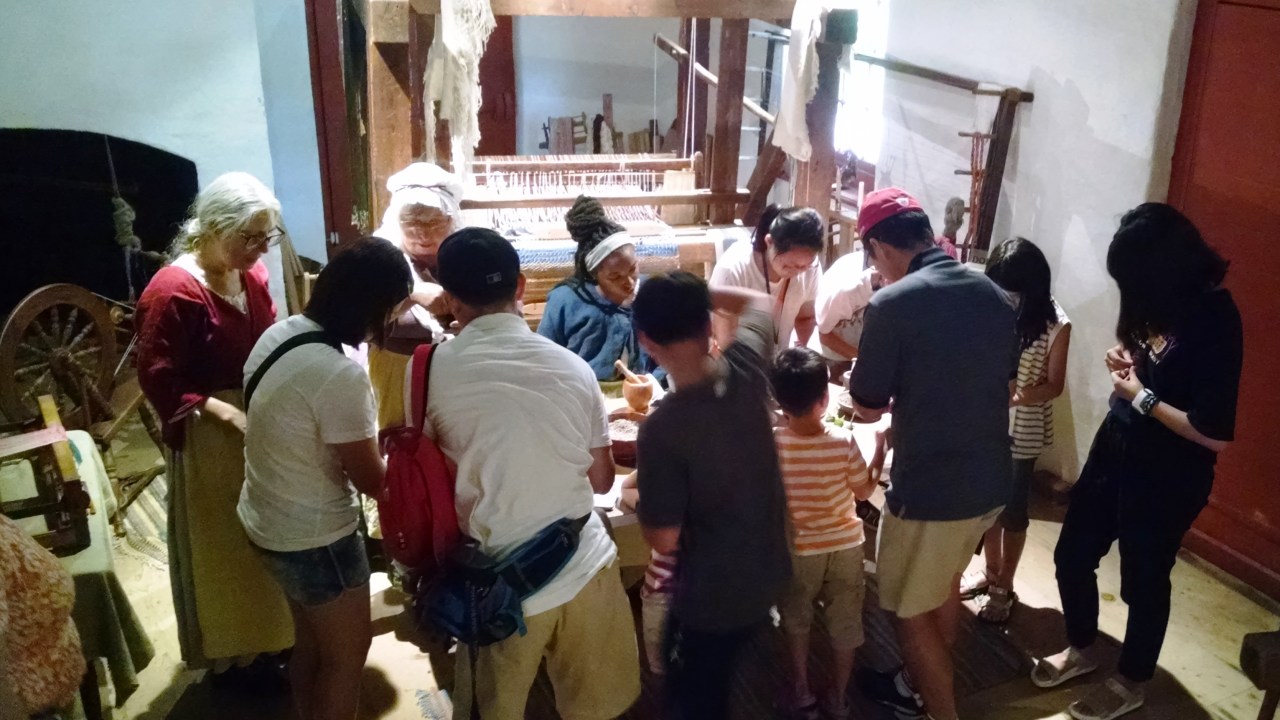
Recently, we heard from Dr. Adam Long, Director of the Hemingway-Pfeiffer Museum and Educational Center, and Ann Burroughs, President and CEO, of the Japanese American National Museum about their experiences in Accreditation. Today, we hear from Timothy Slavin, Director & State Historic Preservation Officer for the Delaware Division of Historical and Cultural Affairs.
1. What does accreditation mean to you personally and/or to your museum?
For the Delaware Division of Historical and Cultural Affairs, accreditation is equal parts status, validation, and future direction. Achieving accreditation has validated the work of our team and translated that work to an industry-wide standard. Our museum system has now achieved the status that we had striven for, and this has provided us with new ways of telling the story of what we do. Maintaining the standards of practice required by accreditation now becomes our true north in how we will shape our work in the future.
2. Is there anything you wish you’d known before embarking on the process?
We went into the accreditation with eyes wide open and were ready for the discipline and heavy-lifting we expected. What we did not expect—and were quite pleased to experience—was the completely supportive environment by which the accreditation is conducted. Beginning with our initial MAP through to the accreditation visitation team to the numerous AAM staff we dealt with, each colleague was supportive of our efforts. They were tough and accreditation is certainly a rigorous process, but in the end, the spirit of the entire endeavor by AAM is one of promoting success in the profession.
3. Who was most important to include in the process?
The most important people to include in the process were every single team member of our organization. Accreditation was a term used frequently, the project status was reported regularly, and we sought to drive an agency-wide understanding of why we were pursuing this—because we wanted to support the greater profession of museums by achieving the highest possible accomplishment. Our entire team shares in this honor because our entire team participated in achieving accreditation.
About the Delaware Division of Historical and Cultural Affairs
The Division of Historical and Cultural Affairs serves Delaware residents and visitors by identifying, preserving, and interpreting Delaware history. Our activities foster strong communities, engaged citizens, economic vitality, and a deeper understanding of Delaware’s role in world history. We do this in public trust for current and future generations.







